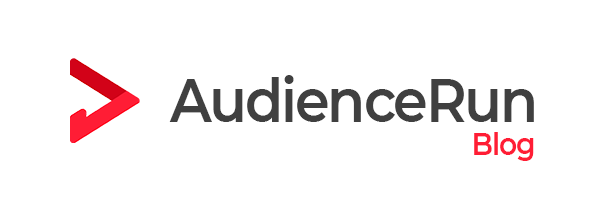For the past few years, the digital world has been following Google’s plan to centralize user identification and profiling on the Web. With the end of third-party cookies on its way, we’re seeing a mix of doubt and feeling of new opportunities being shared on the matter. So, let’s take a look at the key points of Google’s Privacy Sandbox:
- Google is moving towards increased users’ privacy in phasing out third-party cookies, generating new targeting opportunities through contextual targeting.
- Ad-exchanges and other demand-side intermediaries will no longer be able to use traditional multi-touch attribution models, making it harder for advertisers to show the return on each touch point.
- Google has introduced FLoCs [Federated Learning of Cohorts] in their new version of Chrome, a new way for advertisers to capture data from a user in replacement to third-party cookies.
- Google has introduced Turtledove, a new form of audience targeting for advertisers. It comes in addition to other targeting solutions developed by demand side actors, such Fledge or Criteo’s Sparrow. All use unique user IDs instead of cookies.
- To differentiate users from bots, Google has introduced Trust Token API, an updated evolution to the likes of Captcha that builds on the industry’s transparency initiatives that serve both users, publishers, and advertisers alike.
In conclusion, Google continues to take steps towards giving more privacy for users, offering solutions for publishers and advertisers, while pushing for an environment that works in large parts according to the rules it creates. There are still questions regarding these latest changes, and all interested parties, from ad-networks to ad-exchanges to government agencies like the CMA in the UK are paying close attention to this.




